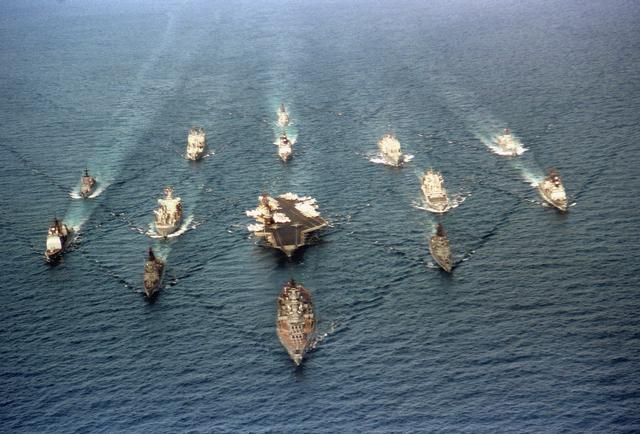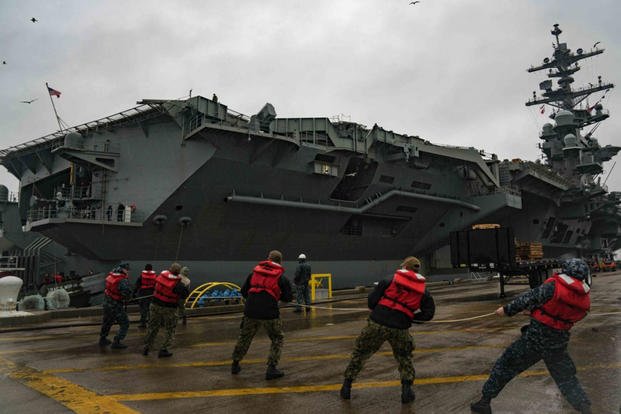

To achieve this strategic end, the PLAN has acquired an impressive arsenal of land-based ballistic missiles like the DF-21 land-based anti-ship ballistic missile and the DF-26 “Guam Killers” Intermediate Range Ballistic Missile, which also has an anti-ship mode, H-6 medium-range bombers armed with ship-killing cruise missiles, a 79 boat strong submarine force, and numerous frigates and destroyers armed with anti-ship missiles. The first specifically designed carrier was the Japanese Hosho, launched in 1921.Īpart from its carrier force, China has expended enormous resources since the mid-1990s on capabilities that are specifically designed to sink the USN’s nuclear-powered aircraft carriers and wrest control of the waters of the Western Pacific from the United States and its allies. The Furious entered service during World War I in 1917. The first full-fledged carrier was a converted battlecruiser, the Royal Navy’s HMS Furious. However, none of these reasons cancel out the fact that aircraft carriers are an increasingly vulnerable weapons system that is already over 100 years old. Traditional reasons for building aircraft carriers includes sea control, showing the flag, having a mobile airfield that you and only you control, and the sheer prestige of having a large carrier force. There is even discussion of six People’s Liberation Army – Navy (PLAN) carrier groups by 2035. Meanwhile, the Chinese have just launched a third carrier, the Fujian, and planning for a fourth carrier, possibly nuclear-powered, is in the works. China’s second carrier and its first domestically built one, the Shandong, was recently spotted with several drones on its flight deck. The Liaoning and its escorts conducted exercises in the South China Sea May of this year.

Text: China’s aircraft carriers have been in the news over the last few months. and Japanese fleets using a blizzard of cyberattack and missile barrages. The function of China’s carrier force will be to clean up any remaining opposition after Chinese forces decisively defeat the U.S.

Summary :Despite the publicity China’s carrier force has received in the press, the huge ships, as impressive as they are, may only play a secondary role in Chinese naval operations during a Taiwan invasion. Navy’s (USN) projecting its views of aircraft carrier strength onto its view of China. This inattention may be the result of the U.S. Title :Assessing the Role of China’s Aircraft Carriers in a Taiwan Invasionĭate Originally Published :July 11, 2022.Īuthor and / or Article Point of View:The author believes that China in its present form poses a grave threat to the United States and its allies and that insufficient attention-at least in public- has been paid to certain aspects of Chinese military planning. Divergent Options’ content does not contain information of an official nature nor does the content represent the official position of any government, any organization, or any group. Prior to residing in South Korea, he has lived in Mainland China and Hong Kong. degrees in International Relations from the University of Miami in Coral, Gables, Florida. Gallagher is an American expatriate and independent researcher living in Seoul, South Korea, with his Korean wife.


 0 kommentar(er)
0 kommentar(er)
